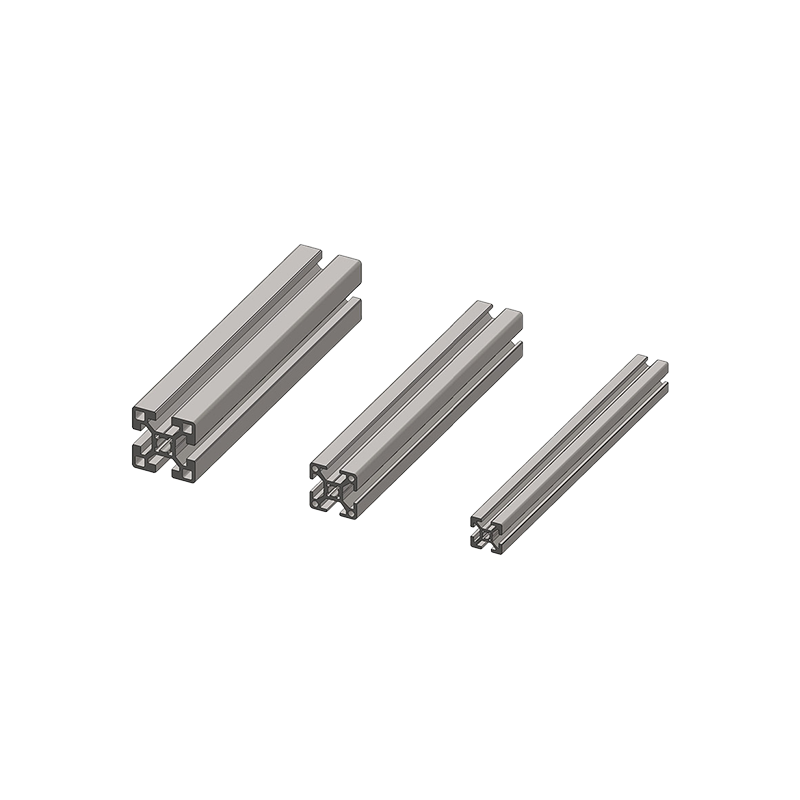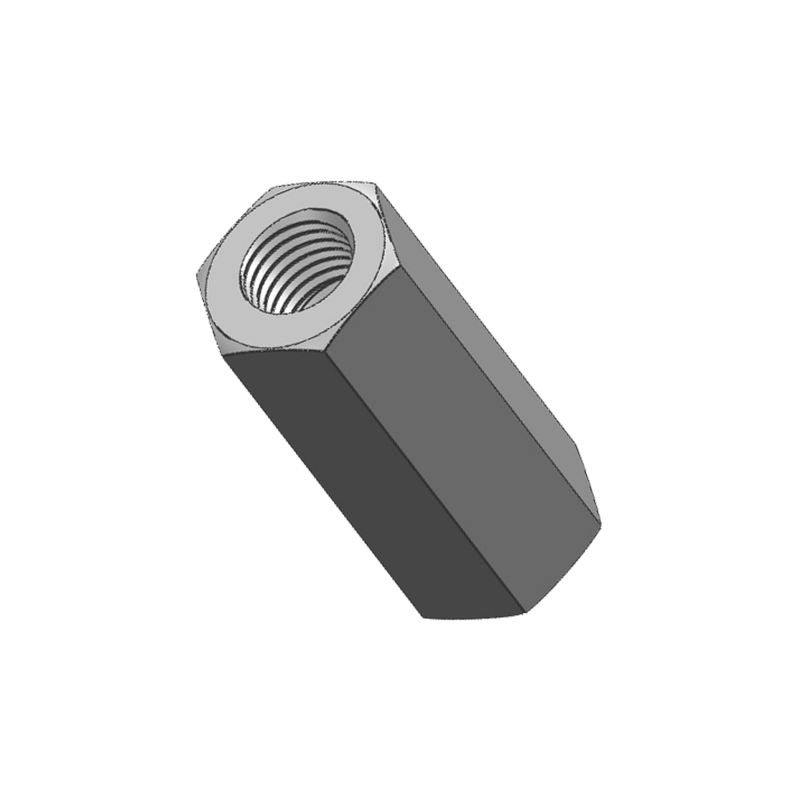Designing with
channel steel, like any structural material, involves several challenges and considerations that engineers and architects must address to ensure the safety, integrity, and functionality of a structure. Here are some of the key challenges and considerations in
designing with channel steel:
Load-Bearing Requirements: Determining the appropriate channel steel size and configuration to support the anticipated loads is critical. Engineers need to consider factors such as dead loads, live loads, wind loads, and seismic forces.Corrosion Protection: Depending on the environment and application, channel steel may require corrosion protection measures like coatings, galvanization, or the use of stainless steel to prevent rust and deterioration.
Material Selection: Choosing the right type and grade of channel steel is essential. Factors such as strength, ductility, and resistance to environmental conditions must be considered when selecting the material.Connection Design: The design of connections between channel steel members is crucial to ensure structural stability. Engineers need to specify the type of fasteners, welds, and connection details to meet safety standards and load requirements.
Span and Support Spacing: Determining the appropriate span length and support spacing for channel steel members is essential for load distribution and preventing excessive deflection or buckling.
Dynamic Loads: In some applications, such as machinery support structures, designers must account for dynamic loads, impact forces, and vibrations, which can affect the channel steel's performance.Deflection Limits: Specifying allowable deflection limits is crucial for occupant comfort and the functionality of structures. Engineers must ensure that channel steel members meet these limits.
Buckling Considerations: Slender channel steel members can be susceptible to buckling under certain loads. Engineers must assess the potential for buckling and design accordingly.Fire Resistance: In buildings and structures subject to fire safety regulations, designers must consider the fire resistance of channel steel and may need to apply fireproofing measures.Aesthetic and Architectural Considerations: In architectural applications, channel steel may be exposed and visible. Designers need to balance structural equirements with aesthetic considerations to achieve the desired appearance.
Environmental Factors: Environmental conditions, such as exposure to moisture, temperature extremes, and chemical exposure, can affect the durability of channel steel. Designers must account for these factors.
Compliance with Building Codes: Ensuring that the design complies with local building codes and industry standards is essential for safety and regulatory compliance.Cost and Budget: Balancing structural requirements with project budgets is a critical consideration. Engineers and designers must select cost-effective solutions without compromising safety.
Maintenance and Durability: Considerations for long-term maintenance and the expected service life of channel steel structures are vital to ensure continued functionality and safety.Collaboration and Coordination: Designing with channel steel often requires collaboration
between structural engineers, architects, and other design professionals to integrate the structural elements seamlessly into the overall design.
Designing with channel steel requires a thorough understanding of structural engineering principles, material properties, and industry standards. Collaboration among professionals and careful consideration of all relevant factors are essential to create safe, efficient, and aesthetically pleasing structures that meet their intended purpose.

 中文简体
中文简体
 English
English
 Español
Español
 Deutsch
Deutsch













.png)





